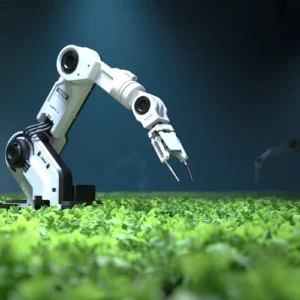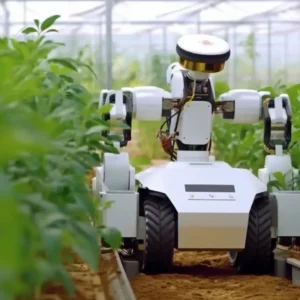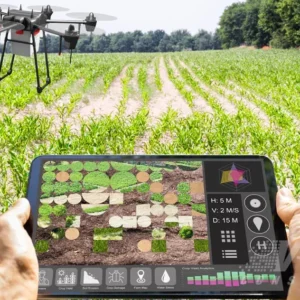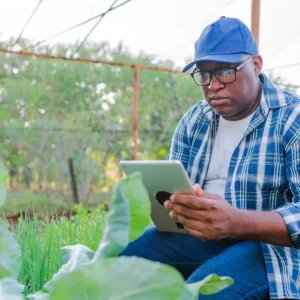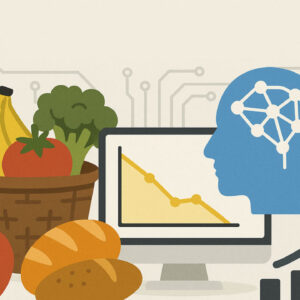In an era dominated by digital transformation, the food service industry is no stranger to innovation. Among the many technologies reshaping the industry, chatbots stand out as one of the most impactful. Chatbots are AI-driven systems designed to interact with customers in natural language, providing personalized and efficient service. For food services, chatbots streamline operations, improve customer engagement, and enhance overall dining experiences.
Chatbots can be deployed across various platforms, including websites, mobile apps, and social media channels, offering a seamless and consistent experience for users. They can handle a range of tasks such as taking orders, answering frequently asked questions, providing menu recommendations, and managing reservations. By automating these tasks, chatbots free up human staff to focus on more complex and personalized interactions, thus improving overall service quality.
One of the significant advantages of chatbots in the food service industry is their ability to operate 24/7. This constant availability ensures that customers can place orders or get support at any time, enhancing convenience and satisfaction. Additionally, chatbots can collect and analyze customer data, providing valuable insights into preferences and behaviors. This data can be used to tailor promotions and offerings, improving customer loyalty and driving sales.
Furthermore, chatbots can facilitate a more interactive and engaging customer experience. For instance, they can suggest meal pairings, offer nutrition information, and even provide personalized greetings. Advanced chatbots equipped with natural language processing (NLP) can understand and respond to a wide array of customer queries, making interactions feel more human-like and enjoyable.
However, implementing chatbots in the food service industry is not without challenges. Ensuring that chatbots can accurately understand and respond to diverse customer queries requires sophisticated AI and continuous training. There is also the need to strike a balance between automation and human touch, as some customers may prefer interacting with human staff for certain services.
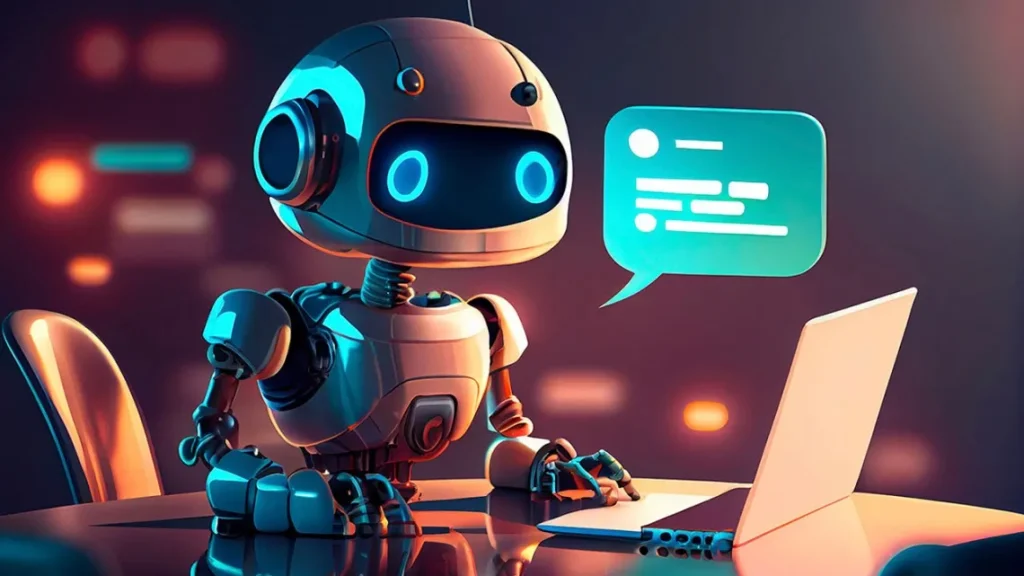
This article explores the role of chatbots in food services, their applications, benefits, challenges, and the exciting future they promise in this fast-paced industry.
Understanding Chatbots in Food Services
A chatbot is an AI-powered tool that interacts with users through text or voice. Deployed on websites, mobile apps, and messaging platforms like WhatsApp or Facebook Messenger, chatbots act as virtual assistants to manage tasks, answer queries, and automate customer interactions.
Key Features of Chatbots in Food Services
- Natural Language Processing (NLP): Enables chatbots to understand and respond in human language.
- Integration with Systems: Connects to Point of Sale (POS) systems, inventory management, and online ordering platforms.
- Personalization: Offers tailored recommendations based on user preferences and behavior.
- Real-Time Assistance: Provides instant responses to customer queries, ensuring seamless communication.
Applications of Chatbots in Food Services
Chatbots have diverse applications in food services, catering to both customer-facing and back-end operations.
1. Online Ordering and Delivery
Chatbots simplify the online ordering process by guiding customers through menu options, taking orders, and processing payments.
- Example: Domino’s Pizza’s chatbot allows users to order by simply texting or using voice commands.
- Benefits: Reduces human errors, speeds up the ordering process, and enhances convenience.
2. Reservations and Table Management
Restaurants use chatbots to manage table reservations, provide availability updates, and send reminders.
- Example: Chatbots can integrate with platforms like OpenTable to streamline reservations.
- Benefits: Saves time for both customers and staff while reducing no-shows.
3. Customer Support of Chatbots Food Services
Chatbots handle frequently asked questions, such as inquiries about menu items, allergens, and operating hours in food services.
- Example: A chatbot on a restaurant’s website answers common queries, freeing up staff for more critical tasks.
- Benefits: Improves customer satisfaction with prompt responses.
4. Personalized Recommendations
By analyzing customer preferences and past orders, chatbots recommend menu items tailored to individual tastes.
- Example: A chatbot at a coffee shop might suggest a favorite latte or a seasonal special.
- Benefits: Enhances customer loyalty and drives upselling.
5. Feedback and Surveys
Chatbots collect customer feedback and reviews, helping businesses improve their food services.
- Example: After a meal, a chatbot might ask about the dining experience and provide space for suggestions.
- Benefits: Offers actionable insights into customer satisfaction.
6. Promotions and Marketing
Chatbots send personalized promotions, discounts, and updates about new menu items or events.
- Example: A chatbot might notify customers of a “Happy Hour” deal or a special holiday menu.
- Benefits: Boosts engagement and drives repeat business.
7. Employee Assistance
For back-end operations, chatbots assist staff with schedule management, training, and internal communications in the food services sector.
- Example: A chatbot might remind chefs of prep schedules or provide quick recipe lookups.
- Benefits: Streamlines workflows and improves team productivity.
Benefits of Chatbots in Food Services
1. Enhanced Customer Experience
Chatbots offer 24/7 service, ensuring customers can interact with a restaurant or food business at their convenience. Personalized recommendations and prompt responses can elevate customer experience even more.
2. Increased Efficiency
By automating repetitive tasks such as order-taking and answering FAQs, chatbots free up staff to focus on more strategic activities, reducing wait times and improving food service quality.
3. Cost Savings of Chatbots Food Services
Implementing chatbots reduces labor costs by handling tasks that would otherwise require multiple employees. Over time, this automation proves highly cost-effective.
4. Better Data Collection
Chatbots collect valuable customer data, including preferences, order history, and feedback. This data enables businesses to fine-tune their offerings and marketing strategies via data-driven decisions.
5. Scalability
Chatbots can handle an unlimited number of interactions simultaneously, making them ideal for businesses experiencing high demand during peak hours.
6. Consistency
Unlike human staff, chatbots provide consistent service, ensuring uniform responses and eliminating variability caused by human factors.
Challenges of Implementing Chatbots in Food Services
Despite their advantages, deploying chatbots comes with its own set of challenges:
1. Initial Setup Costs
Developing and integrating a sophisticated chatbot system requires significant investment in time and resources, which may be challenging for small businesses.
2. Limitations in Understanding of Chatbots Food Services
Even with advanced NLP, chatbots may struggle to comprehend complex or ambiguous queries, leading to customer frustration.
3. Dependence on Technology
Chatbots rely on stable internet connections and robust backend systems. Any technical issues can disrupt food services and impact customer experience.
4. Lack of Human Touch
Some customers prefer interacting with humans, particularly for personalized or emotional engagements. Chatbots may feel impersonal in such situations.
5. Maintenance and Updates
Chatbots require regular updates to ensure they remain effective and aligned with business goals. This includes refining algorithms and expanding their knowledge base.
Real-World Examples of Chatbots in Food Services
1. McDonald’s
McDonald’s uses chatbots on platforms like Facebook Messenger to allow customers to order food, find nearby locations, and receive promotions.
2. Starbucks’ use of Chatbots Food Services
Starbucks’ chatbot, integrated into its mobile app, enables users to place orders, customize drinks, and track rewards.
3. Pizza Hut
Pizza Hut’s chatbot allows customers to order via messaging platforms like WhatsApp and Twitter, offering a seamless experience.
4. KFC
KFC launched a chatbot in China that interacts with customers, recommends meals, and processes payments.
5. Foodpanda’s use of Chatbots Food Services
Foodpanda employs chatbots to assist with order tracking, menu navigation, and customer support.
The Future of Chatbots in Food Services
The role of chatbots in food services is expected to grow as technology advances. Here are some chatbot aspects that will happen in the future:
1. AI-Driven Personalization
Future chatbots will leverage AI to provide hyper-personalized experiences, predicting customer preferences with greater accuracy.
2. Multilingual Support
Chatbots will support multiple languages, making them more accessible to diverse customer bases.
3. Voice-Powered Assistants
Voice recognition technology will make chatbots even more intuitive, allowing customers to place orders or ask questions hands-free.
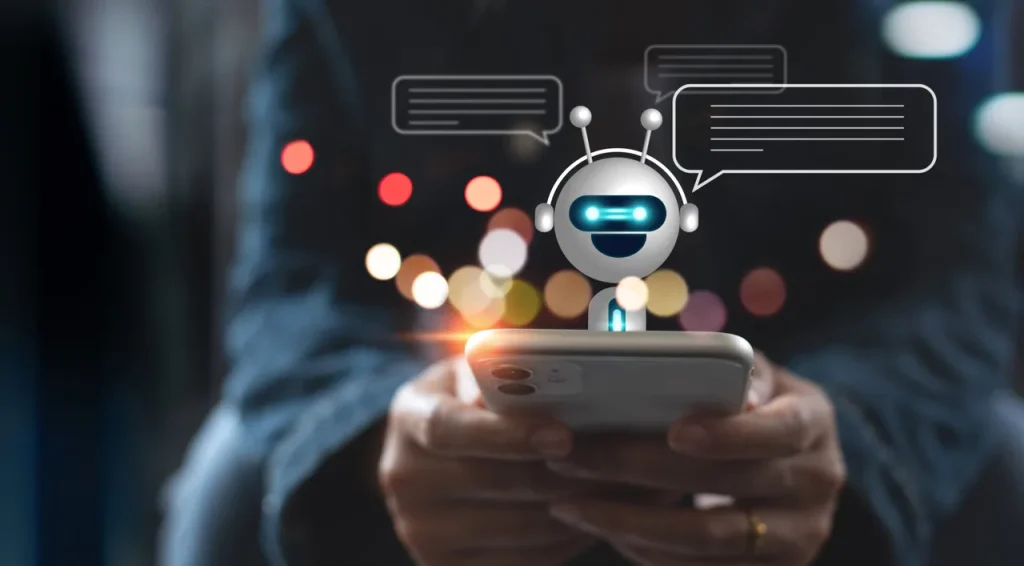
4. Integration of Chatbots Food Services with Smart Devices
Chatbots will integrate with IoT devices, enabling features like refrigerator inventory checks or automated replenishment orders in food services.
5. Emotional Intelligence
Advanced chatbots will recognize emotions through text or voice and adjust their responses accordingly, creating more human-like interactions.
6. Augmented Reality (AR) Integration
Chatbots might incorporate AR to showcase virtual menu previews, helping customers make informed choices.
Conclusion
Chatbots are revolutionizing the food service industry, providing businesses with tools to enhance efficiency, improve customer satisfaction, and stay competitive in a digital-first world. From simplifying online orders to delivering personalized experiences, these AI-powered assistants are shaping the future of dining.
Despite the presence of certain challenges such as technical limitations and high initial costs, the advantages of using chatbots in the food service industry surpass these issues. As technological advancements are made, chatbots will become increasingly essential, leading to a harmonious integration of convenience, efficiency, and customization. This forward-looking perspective highlights the potential for chatbots to significantly enhance customer service experiences.
Investing in chatbots is not just a step toward innovation; it is a commitment to providing exceptional service in a highly competitive market. The culinary world is embracing this digital transformation, and the best is yet to come.
Moreover, the flexibility and scalability of chatbots make them suitable for various types of food service establishments, from high-end restaurants to fast-food chains and even food delivery services. As technology advances, chatbots will become even more sophisticated, capable of handling more complex interactions and providing an even higher level of service. This evolution will likely include integrations with other emerging technologies like augmented reality (AR) and virtual reality (VR), offering immersive and personalized dining experiences.








